Table of Contents |
The difference between two-dimensional and three-dimensional art is very straightforward. Each is measured using different dimensions, which can include measurements such as height, width, and depth.
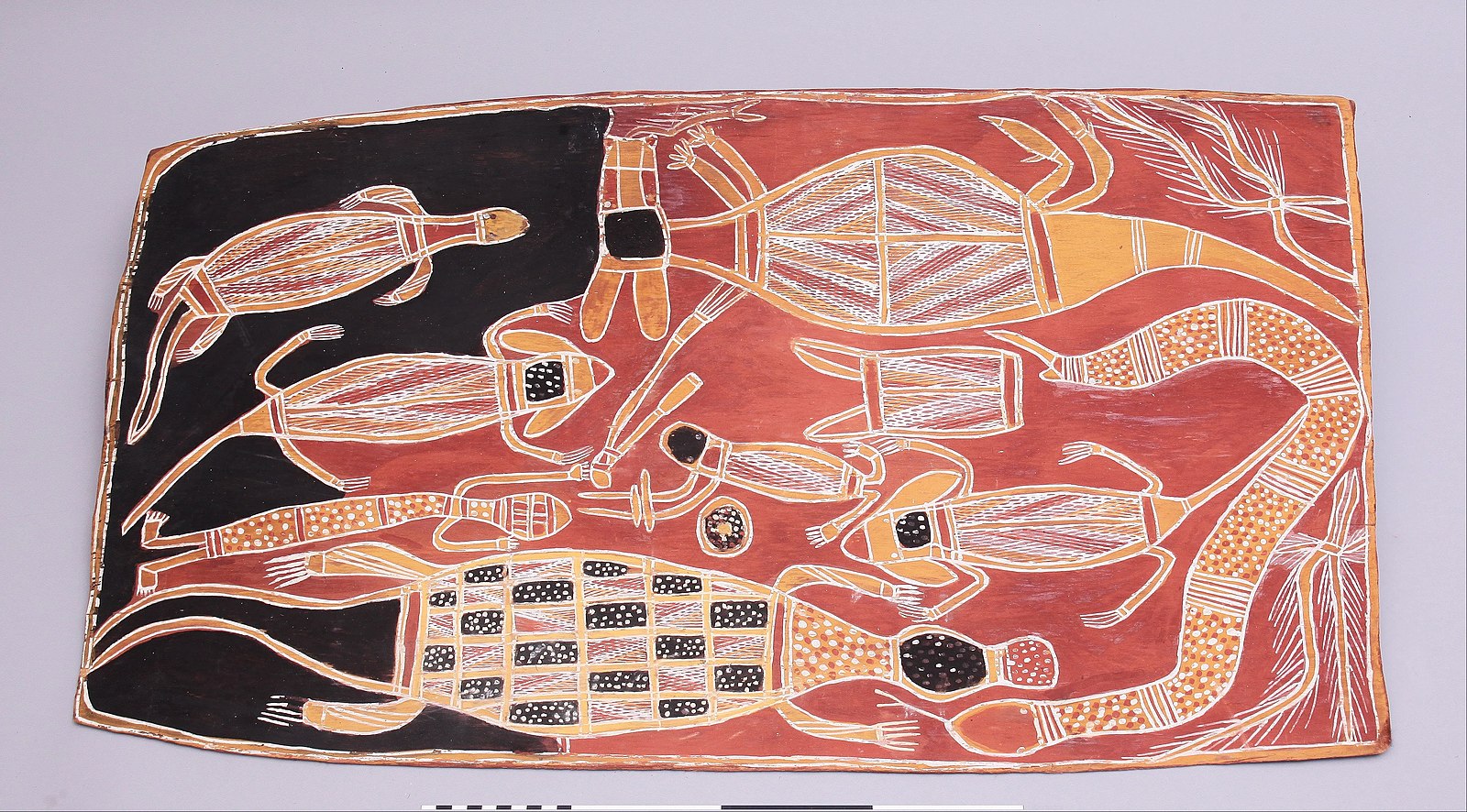
Now, compare that image to the one below, a three-dimensional sculpture. It is measured in three dimensions: depth, width, and height. You could potentially move around the sculpture and still see some aspect of it.
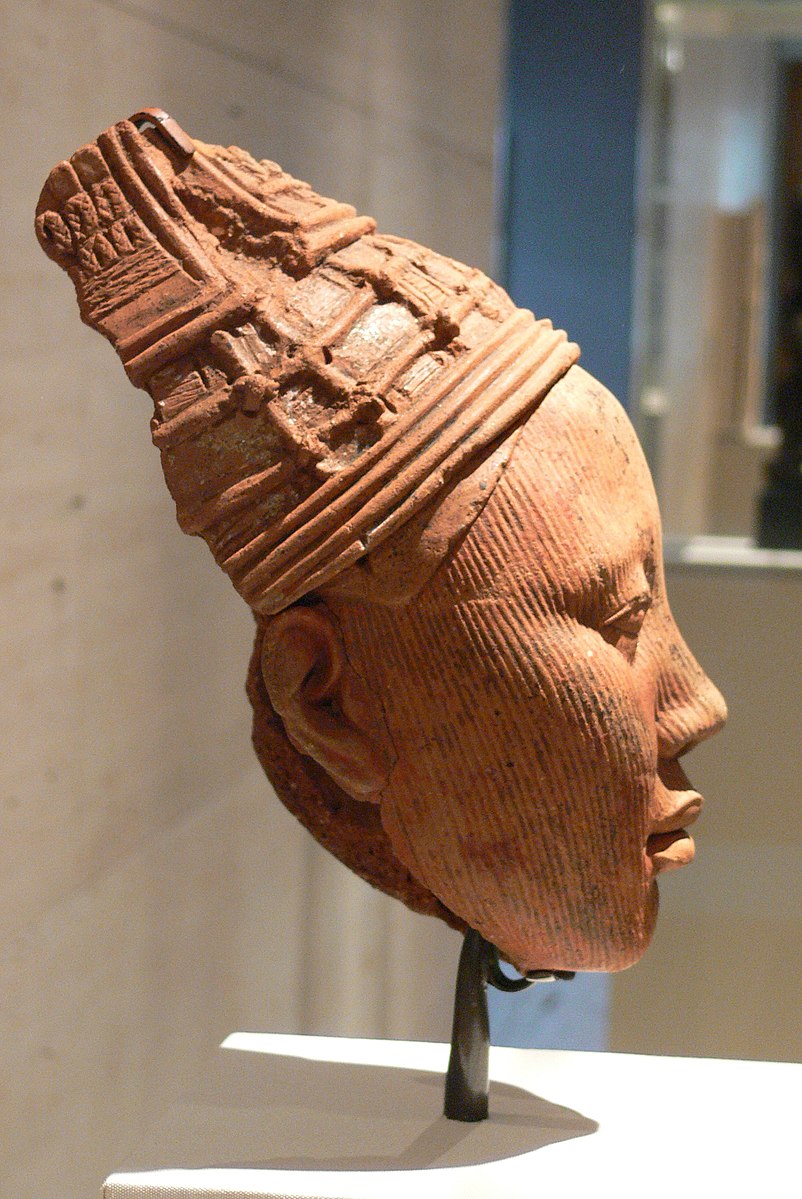
Head, possibly a King (Ife culture)
12th–14th century
Southwestern Nigeria, Africa
Terracotta
The image above is a sculpture made of terracotta, a type of clay. It is three dimensional; however, in looking at it, you might consider whether it was made to be viewed at all angles, or whether a specific view is better. This can be a clue to the object’s original function. It might also be helpful to know if this object originally consisted of just a head by itself, or if there was at one time a body attached to it. An art historian could determine this by analyzing other sculptures made at the same site, with similar media.
Works of art can be created with various materials, the artistic medium or media. Materials such as stone, wood, bronze, ink, paint, and paper are considered traditional media. Experimental media includes any material the artist chooses to use.
The medium, or material from which an artist creates a work of art, plays an important role in its definition as a work of art. The process of defining art does not only involve the question of “Who is the artist?” but also “What is the object made of?” To a certain extent, we already covered this earlier when we considered artists versus artisans and the creation of quilts. Now we will revisit this question in a more general way.
Art historians may define art in terms of its medium. This might include different types of painting, such as oil, tempera, or watercolor, or sculpture, such as wood carving or bronze casting.
Below is a painting by the Mexican artist Diego Rivera. It is done in oil on canvas on wood and is an example of traditional media:
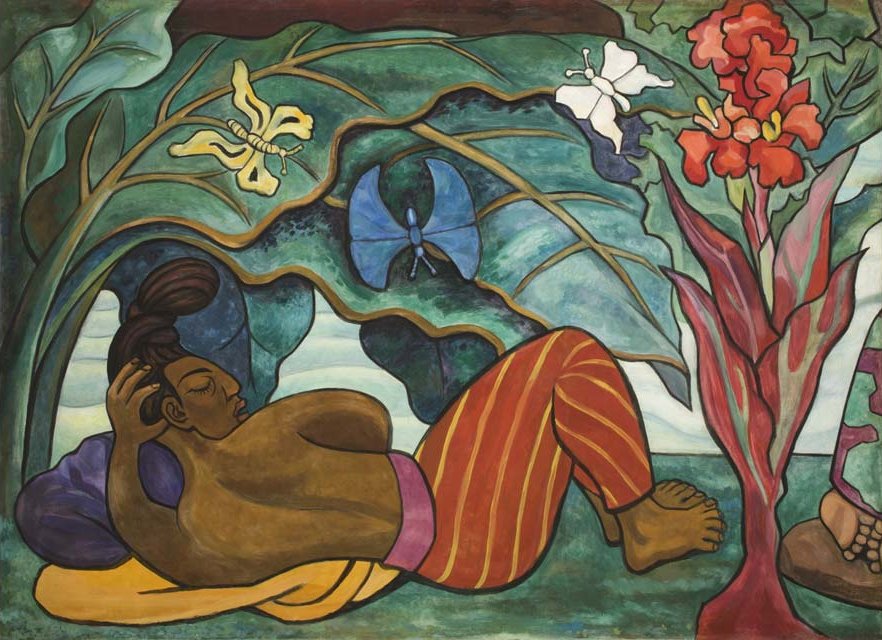
Juchitán River (Río Juchitán), Panel 4
Mexico City, Mexico
1953-1955
Oil on canvas on wood
Since the 1970s, artists have increasingly experimented with artistic media, to the point of considering performance and the human body itself as works of art. Consider this work by Guatemalan artist Regina José Galindo:

Perra (Bitch)
Milan, Italy
2005
Still from video documentation of performance.
In this performance, the artist carves the word perra into her thigh, as a protest against the candidacy of José Efraín Ríos Montt for president of Guatemala. Ríos Montt had served as president from 1982 to 1983, during a time when the Guatemalan government was responsible for the murder of many indigenous Maya and political activists. Bodies of women were found with messages carved on them at this time.
Below is another example of traditional media, a painting:
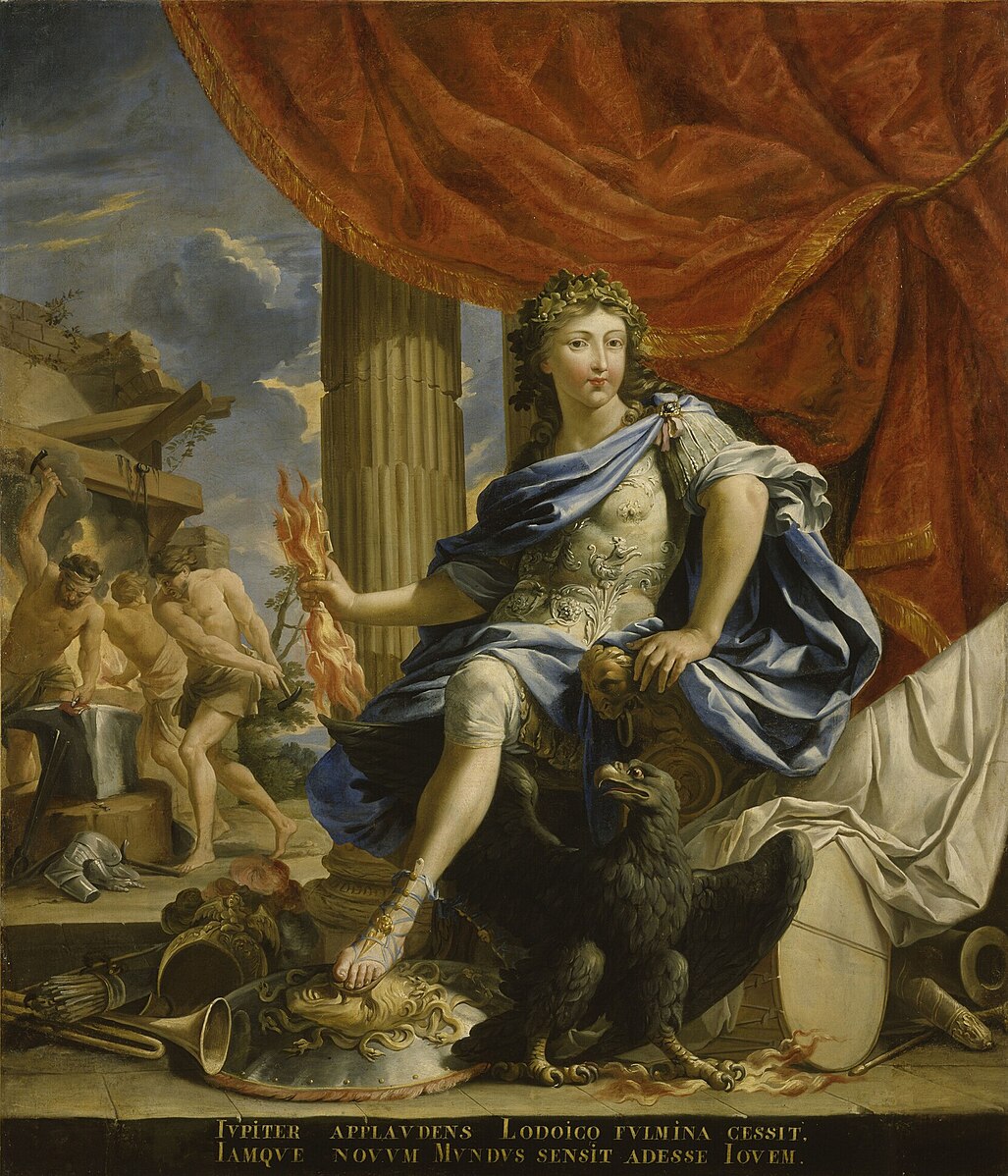
Portrait of Louis XIV as Jupiter Conquering the Fronde
Versailles, France
1652 - 1654
Oil on canvas
Another example of traditional media, a tapestry:
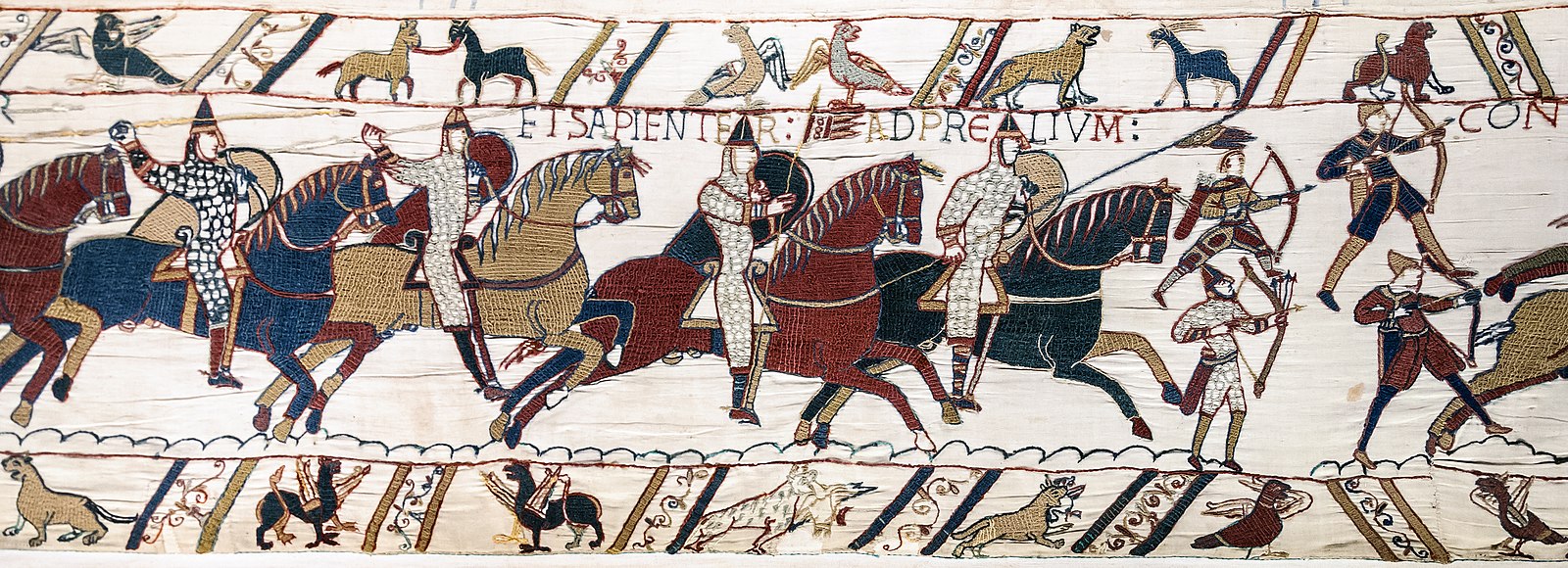
Bayeux Tapestry, Scene 51 (extract), The Battle of Hastings
Bayeux, Normandy, France
1066
Colored woolen yarns embroidered on linen
One last example of traditional media, a mosaic:
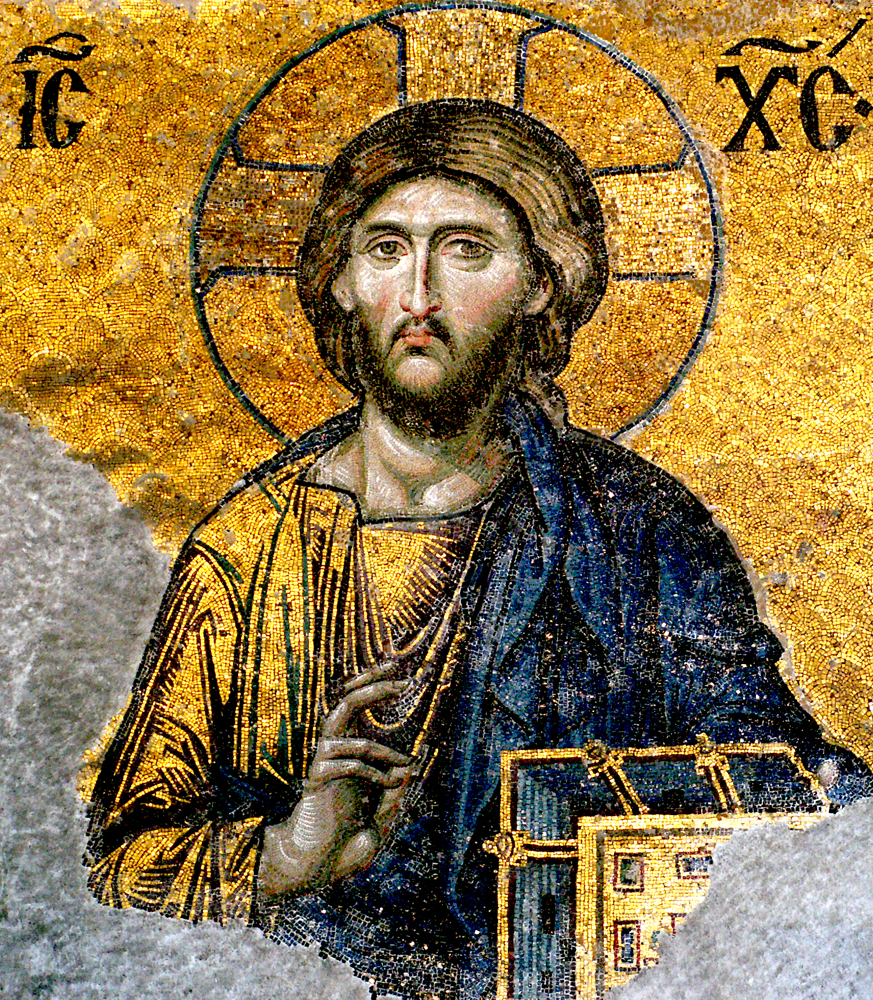
Jesus Christ, detail from Deësis mosaic
Hagia Sophia, Istanbul, Turkey
ca. 1261
Tile
An example of nontraditional, or experimental, media, body art:

Still from Keechaka Vadham performed by Kalamandalam Gopi
India
2015
And one last example of experimental media, land art. This is a spiral jetty an artist created:
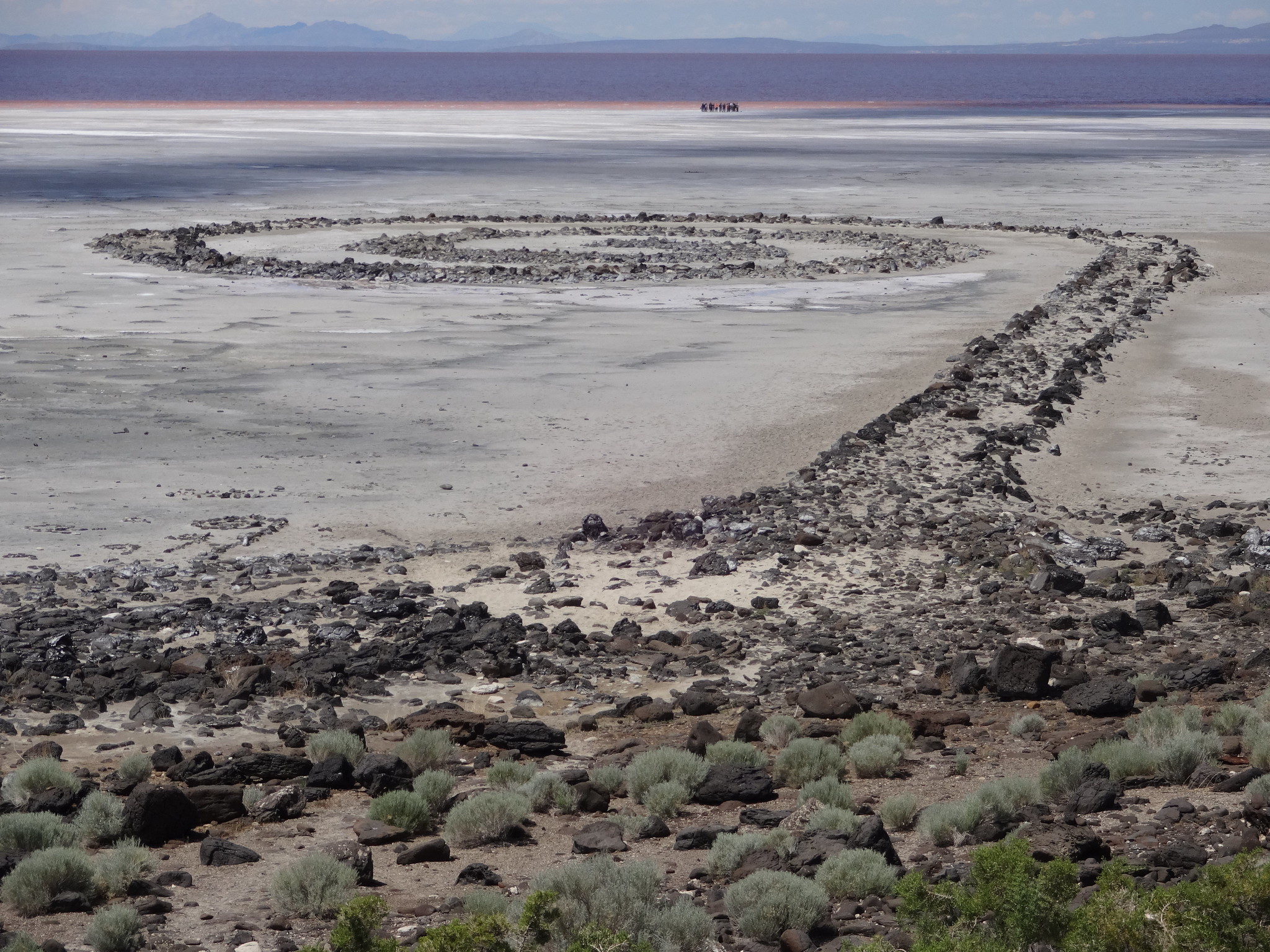
Spiral Jetty
Great Salt Lake, Utah, USA
Black basalt rocks and earth
Source: THIS TUTORIAL WAS AUTHORED BY IAN MCCONNELL AND ERIN ALDANA FOR SOPHIA LEARNING. PLEASE SEE OUR TERMS OF USE.